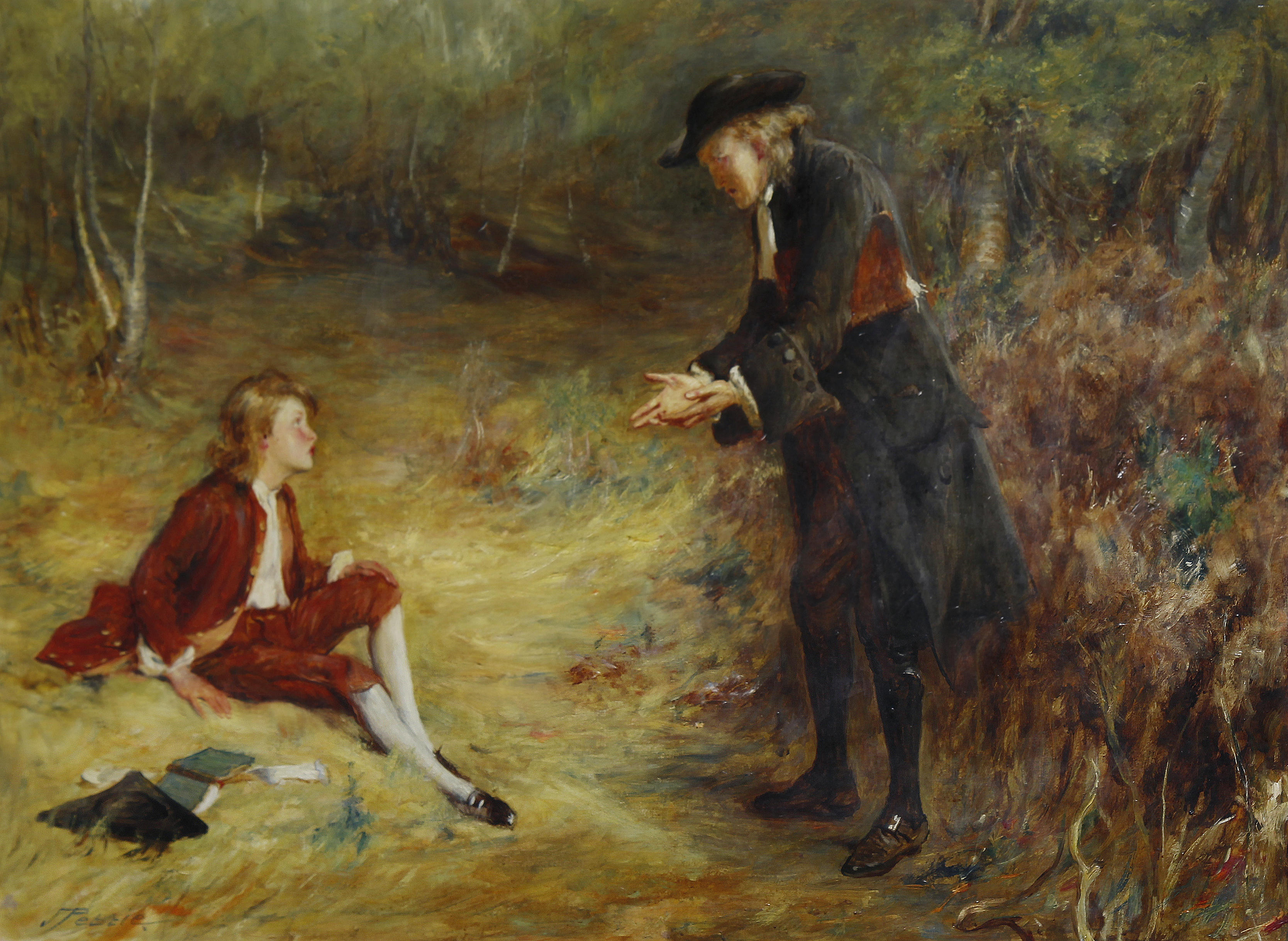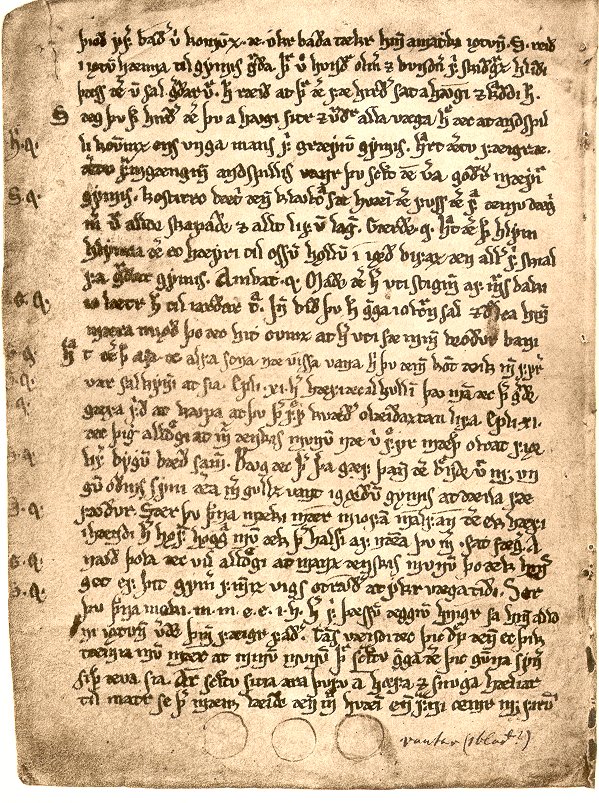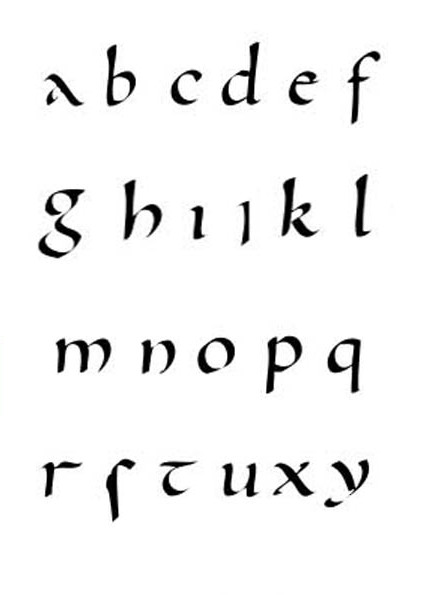|
Old Icelandic Homily Book
The Old Icelandic Homily Book (Stock. Perg. 4to no. 15), also known as the Stockholm Homily Book, is one of two main collections of Old West Norse sermons; the other being the Old Norwegian Homily Book (AM 619 4to), with which it shares eleven texts.McDougall, D. (1993) "Homilies (West Norse)" in ''Medieval Scandinavia: An Encyclopedia'' ed. Pulsiano, P. and Wolf, K. pp. 290-2 Written in around 1200, and both based on earlier exemplars, together they represent some of the oldest examples of Old West Norse prose. The Old Icelandic Homily Book (OIHB) contains 62 texts and parts of texts,de Leeuw van Weenen, A. (1993) ''The Icelandic Homily Book : Perg. 15o in the Royal Library, Stockholm'' Reykjavík: Stofnun Árna Magnússonar á Íslandi, p. 7 50 of which are homilies.Óskarsdóttir, S. (2007) "Prose of Christian Instruction" in McTurk, R. ed. ''A Companion to Old Norse-Icelandic Literature and Culture'' Oxford: Blackwell Publishing pp. 338-53 For this reason it is better considered ... [...More Info...] [...Related Items...] OR: [Wikipedia] [Google] [Baidu] |
Sermon
A sermon is a religious discourse or oration by a preacher, usually a member of clergy. Sermons address a scriptural, theological, or moral topic, usually expounding on a type of belief, law, or behavior within both past and present contexts. Elements of the sermon often include exposition, exhortation, and practical application. The act of delivering a sermon is called preaching. In secular usage, the word ''sermon'' may refer, often disparagingly, to a lecture on morals. In Christian practice, a sermon is usually preached to a congregation in a place of worship, either from an elevated architectural feature, known as a pulpit or an ambo, or from behind a lectern. The word ''sermon'' comes from a Middle English word which was derived from Old French, which in turn originates from the Latin word meaning 'discourse.' A ''sermonette'' is a short sermon (usually associated with television broadcasting, as stations would present a sermonette before signing off for the night). The ... [...More Info...] [...Related Items...] OR: [Wikipedia] [Google] [Baidu] |
Thorn (letter)
Thorn or þorn (Þ, þ) is a letter in the Old English, Old Norse, Old Swedish, and modern Icelandic alphabets, as well as modern transliterations of the Gothic alphabet, Middle Scots, and some dialects of Middle English. It was also used in medieval Scandinavia, but was later replaced with the digraph '' th,'' except in Iceland, where it survives. The letter originated from the rune in the Elder Fuþark and was called ''thorn'' in the Anglo-Saxon and ''thorn'' or '' thurs'' in the Scandinavian rune poems. It is similar in appearance to the archaic Greek letter sho (ϸ), although the two are historically unrelated. The only language þ is still currently in use in is Icelandic. It is pronounced as either a voiceless dental fricative or its voiced counterpart . However, in modern Icelandic, it is pronounced as a laminal voiceless alveolar non-sibilant fricative ,, cited in similar to ''th'' as in the English word ''thick'', or a (usually apical) voiced alveolar non-sibila ... [...More Info...] [...Related Items...] OR: [Wikipedia] [Google] [Baidu] |
Icelandic Literature
Icelandic literature refers to literature written in Iceland or by Icelandic people. It is best known for the sagas written in medieval times, starting in the 13th century. As Icelandic and Old Norse are almost the same, and because Icelandic works constitute most of Old Norse literature, Old Norse literature is often wrongly considered a subset of Icelandic literature. However, works by Norwegians are present in the standard reader ''Sýnisbók íslenzkra bókmennta til miðrar átjándu aldar'', compiled by Sigurður Nordal on the grounds that the language was the same. Early Icelandic literature The medieval Icelandic literature is usually divided into three parts: *Eddic poetry *Sagas *Skaldic poetry The ''Eddas'' There has been some discussion on the probable etymology of the term "Edda". Most say it stems from the Old Norse term ''edda'', which means great-grandmother, but some see a reference to Oddi, a place where Snorri Sturluson Snorri Sturluson ( ; ; 1179 – 22 S ... [...More Info...] [...Related Items...] OR: [Wikipedia] [Google] [Baidu] |
Hauksbók
Hauksbók (; 'Book of Haukr'), Reykjavík, Stofnun Árna Magnússonar AM 371 4to, AM 544 4to and AM 675 4to, is an Icelandic manuscript, now in three parts but originally one, dating from the 14th century. It was created by the Icelander Haukr Erlendsson. It is now fragmentary, with significant portions being lost, but is the first surviving witness to many of the texts it contains (although in most cases Haukr is known to have been copying from earlier, lost manuscripts). Among these are the section on mathematics called '' Algorismus'' and the text of '' Hervarar saga ok Heiðreks''. Composition Hauksbók is associated with an Icelandic lawspeaker named Haukr Erlendsson: although the work of several scribes, the vast majority is in Haukr's hand. Palaeographical evidence allowed Professor Stefán Karlsson, director of the Árni Magnússon Institute for Icelandic Studies, to date the manuscript to between 1302 and 1310. As long back as it is possible to trace the manuscript it h ... [...More Info...] [...Related Items...] OR: [Wikipedia] [Google] [Baidu] |
Gustav Indrebø
Gustav Indrebø (17 December 1889 in Samnanger, Hordaland – 3 August 1942) was a Norwegian philologist. His father was a teacher in Årdal, Jølster. His brother Ragnvald Indrebø became bishop of the diocese of Bjørgvin. He graduated in 1917, took a doctorate ( dr.philol.) in 1925, and became professor in linguistics in 1930. He published over 200 scholarly papers. Linguistically he was an advocate of the Aasen line of new Norwegian, and he was the chairman of Noregs Mållag from 1930 to 1932. Interested in toponymy, Indrebø established ''Norsk Stadnamnarkiv'' in 1921 together with fellow professors Magnus Olsen and Edvard Bull, Sr. Edvard Bull (4 December 1881 – 26 August 1932) was a Norwegian historian and politician for the Labour Party. He took the doctorate in 1912 and became a professor at the University of Kristiania in 1917, and is known for writings on a broad r ... ReferencesSogn og Fjordane county encyclopedia(Norwegian Broadcasting Corporation) ... [...More Info...] [...Related Items...] OR: [Wikipedia] [Google] [Baidu] |
Stave Church
A stave church is a medieval wooden Christian church building once common in north-western Europe. The name derives from the building's structure of post and lintel construction, a type of timber framing where the load-bearing ore-pine posts are called ''stafr'' in Old Norse (''stav'' in modern Norwegian). Two related church building types also named for their structural elements, the post church and palisade church, are often called 'stave churches'. Originally much more widespread, most of the surviving stave churches are in Norway. The only remaining medieval stave churches outside Norway are those of ''circa'' 1500 Hedared stave church in Sweden and one Norwegian stave church relocated in 1842 to contemporary Karpacz in the Karkonosze mountains of Poland (at the time being a part of the Kingdom of Prussia). One other church, the Anglo-Saxon Greensted Church in England, exhibits many similarities with a stave church but is generally considered a palisade church. Construct ... [...More Info...] [...Related Items...] OR: [Wikipedia] [Google] [Baidu] |
Sagas Of Icelanders
The sagas of Icelanders ( is, Íslendingasögur, ), also known as family sagas, are one genre of Icelandic sagas. They are prose narratives mostly based on historical events that mostly took place in Iceland in the ninth, tenth, and early eleventh centuries, during the so-called Saga Age. They were written in Old Icelandic, a western dialect of Old Norse. They are the best-known specimens of Icelandic literature. They are focused on history, especially genealogical and family history. They reflect the struggle and conflict that arose within the societies of the early generations of Icelandic settlers. The Icelandic sagas are valuable and unique historical sources about medieval Scandinavian societies and kingdoms, in particular in regards to pre-Christian religion and culture. Eventually many of these Icelandic sagas were recorded, mostly in the 13th and 14th centuries. The 'authors', or rather recorders of these sagas are largely unknown. One saga, ''Egil's Saga'', is beli ... [...More Info...] [...Related Items...] OR: [Wikipedia] [Google] [Baidu] |
Carolingian
The Carolingian dynasty (; known variously as the Carlovingians, Carolingus, Carolings, Karolinger or Karlings) was a Frankish noble family named after Charlemagne, grandson of mayor Charles Martel and a descendant of the Arnulfing and Pippinid clans of the 7th century AD. The dynasty consolidated its power in the 8th century, eventually making the offices of mayor of the palace and '' dux et princeps Francorum'' hereditary, and becoming the ''de facto'' rulers of the Franks as the real powers behind the Merovingian throne. In 751 the Merovingian dynasty which had ruled the Germanic Franks was overthrown with the consent of the Papacy and the aristocracy, and Pepin the Short, son of Martel, was crowned King of the Franks. The Carolingian dynasty reached its peak in 800 with the crowning of Charlemagne as the first Emperor of the Romans in the West in over three centuries. His death in 814 began an extended period of fragmentation of the Carolingian Empire and decline that w ... [...More Info...] [...Related Items...] OR: [Wikipedia] [Google] [Baidu] |
Church Fathers
The Church Fathers, Early Church Fathers, Christian Fathers, or Fathers of the Church were ancient and influential Christian theologians and writers who established the intellectual and doctrinal foundations of Christianity. The historical period in which they worked became known as the Patristic Era and spans approximately from the late 1st to mid-8th centuries, flourishing in particular during the 4th and 5th centuries, when Christianity was in the process of establishing itself as the state church of the Roman Empire. In traditional dogmatic theology, authors considered Church Fathers are treated as authoritative, and a somewhat restrictive definition is used. The academic field of patristics, the study of the Church Fathers, has extended the scope of the term, and there is no definitive list. Some, such as Origen and Tertullian, made major contributions to the development of later Christian theology, but certain elements of their teaching were later condemned. Great Fathe ... [...More Info...] [...Related Items...] OR: [Wikipedia] [Google] [Baidu] |
Romanesque Art
Romanesque art is the art of Europe from approximately 1000 AD to the rise of the Gothic Art, Gothic style in the 12th century, or later depending on region. The preceding period is known as the Pre-Romanesque period. The term was invented by 19th-century art historians, especially for Romanesque architecture, which retained many basic features of Roman architecture, Roman architectural style – most notably round-headed arches, but also barrel vaults, apses, and Acanthus (ornament), acanthus-leaf decoration – but had also developed many very different characteristics. In Southern France, Spain, and Italy there was an architectural continuity with the Late Antique, but the Romanesque style was the first style to spread across the whole of Catholic Europe, from Sicily to Scandinavia. Romanesque art was also greatly influenced by Byzantine art, especially in painting, and by the anti-classical energy of the decoration of the Insular art of the British Isles. From these element ... [...More Info...] [...Related Items...] OR: [Wikipedia] [Google] [Baidu] |
Wynn
Wynn or wyn (; also spelled wen, ƿynn, and ƿen) is a letter of the Old English alphabet, where it is used to represent the sound . History The letter "W" While the earliest Old English texts represent this phoneme with the digraph , scribes soon borrowed the rune ''wynn'' for this purpose. It remained a standard letter throughout the Anglo-Saxon era, eventually falling out of use (perhaps under the influence of French orthography) during the Middle English period, circa 1300. It was replaced with once again, from which the modern developed. Meaning The denotation of the rune is "joy, bliss" known from the Anglo-Saxon Rune Poems: Miscellaneous It is not continued in the Younger Futhark, but in the Gothic alphabet the letter ''w'' is called , allowing a Proto-Germanic reconstruction of the rune's name as ''*wunjô'' "joy". It is one of the two runes (along with þ) to have been borrowed into the English alphabet (or any extension of the Latin alphabet) ... [...More Info...] [...Related Items...] OR: [Wikipedia] [Google] [Baidu] |
Carolingian Minuscule
Carolingian minuscule or Caroline minuscule is a script which developed as a calligraphic standard in the medieval European period so that the Latin alphabet of Jerome's Vulgate Bible could be easily recognized by the literate class from one region to another. It is thought to have originated before AD 778 at the scriptorium of the Benedictine monks of Corbie Abbey, about north of Paris, and then developed by Alcuin of York for wide use in the Carolingian Renaissance. Alcuin himself still wrote in a script which was a precursor the Carolingian minuscule, which slowly developed over three centuries. He was most likely responsible for copying and preserving the manuscripts and upkeep of the script. It was used in the Holy Roman Empire between approximately 800 and 1200. Codices, pagan and Christian texts, and educational material were written in Carolingian minuscule. After blackletter developed out of it, the Carolingian minuscule became obsolete, until the 14th century Ital ... [...More Info...] [...Related Items...] OR: [Wikipedia] [Google] [Baidu] |

.png)




.jpg)
